-
Google Design Sprints
Blue Cross Blue Shield of MI
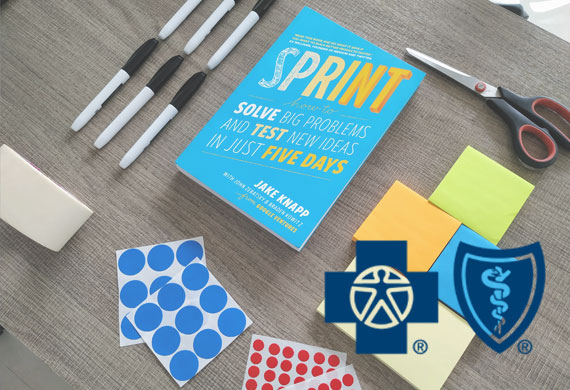
-
Cross-Cultural Research
Accenture

-
Service Design
Accenture

-
User Experience Strategy
Blue Cross Blue Shield of MI
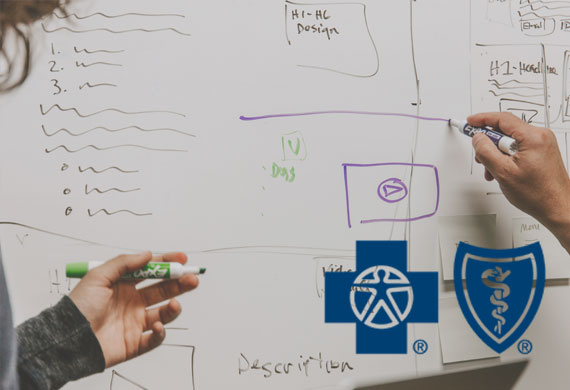
-
Participatory Design
Blue Cross Blue Shield of MI
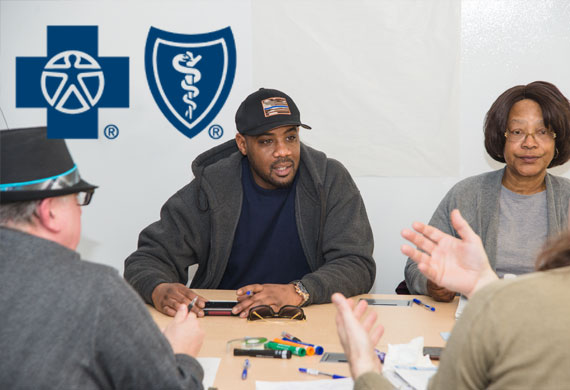
-
Ethics in Design
Citizen Interaction Design

-
Social Psychology in Games
London School of Economics

-
Lean UX
Accenture
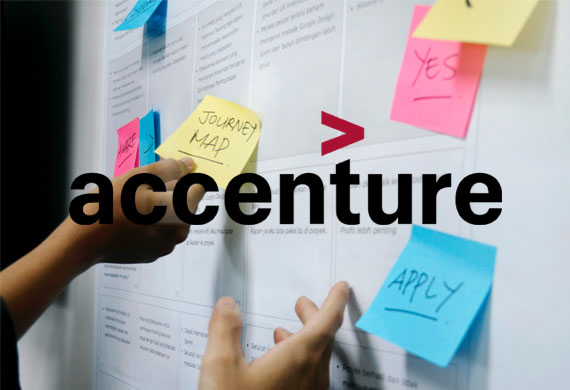

Atomic Research Database
I am always trying to find new and better ways to translate user experience research findings into actionable insights, and the following is a great example of this.
While working on a project at Accenture, I introduced a new approach to gathering and reporting research findings that dramatically improved the impact of the user research on the project and which I then began to roll out across other projects and offices.
- May 2019 to Dec 2019
- User Research and Strategy
- Public Sector Client
- Figma, AirTable, Miro/Realtimeboard
The Challenge
The problem was that user research was not being coordinated with the development cycle of the project and research findings were not being relayed to the teams in an actionable way.
As a result, product owners were finding it challenging to develop a roadmap for the product and prioritize competing features.
Research findings were being communicated through giant Google Docs research reports. However, it became clear that there were issues with this approach, such as those listed below.
Issues with Previous Reporting Structure
- Findability
Stakeholders must know report exists - Searchability
Findings buried within lengthy reports - Referencability
Hard to link to specific findings - Colocation of Research
Hard to cross-link with other materials - Omnibus Nature
Findings span a number of domains/teams - Research Graveyard
Unclear what research was done
The Who
My Role

User Experience Architect
The Team

2 x Product Owners

4 x Delivery Leads

30 x Developers

DX Amigo (Design Lead)

Experience Designer
Finding a Solution
Realizing that the way user research findings were being reported was causing issues, I quickly researched new approaches. My process could be broken down into the following three steps:
1 User Research
2 Breaking Down User Research
3 Creating A Research Database
User Research
The client's industry was incredibly complex and multi-faceted, and as Experience Architect I was tasked with unraveling the complexity enough to help the rest of the team design a new system.
To do this, I travelled to client sites and spent hours conducting interviews, focus groups, and usability tests.

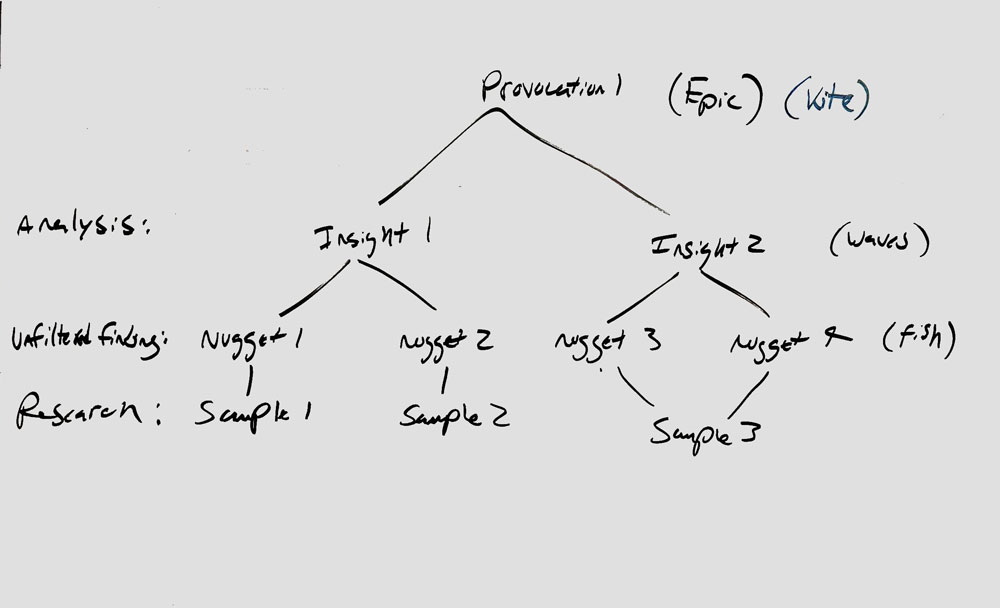
Breaking Down User Research
Leveraging the power of the Atomic Research paradigm and AirTable to reform how research was reported.
I introduced an Atomic Research paradigm and broke findings from my research at client sites down into more consumable nuggets and insights.
By keeping the reporting granularity smaller, it increased research transparency and was easier for teams to identify relevant findings and incorporate them into their work.
A Research Database
Taking Atomic Research one step further, I organized all of the research in AirTable which allowed me to create a database with a user-friendly interface.
With AirTable, I could cross link all of the research which increased transparency and also made it easy for others to filter through the research by parameters such as persona, team responsible, number of client sites with the issue, the severity of the problem, the part of the journey, or even the specific artifacts the user interacted with, just to name a few.
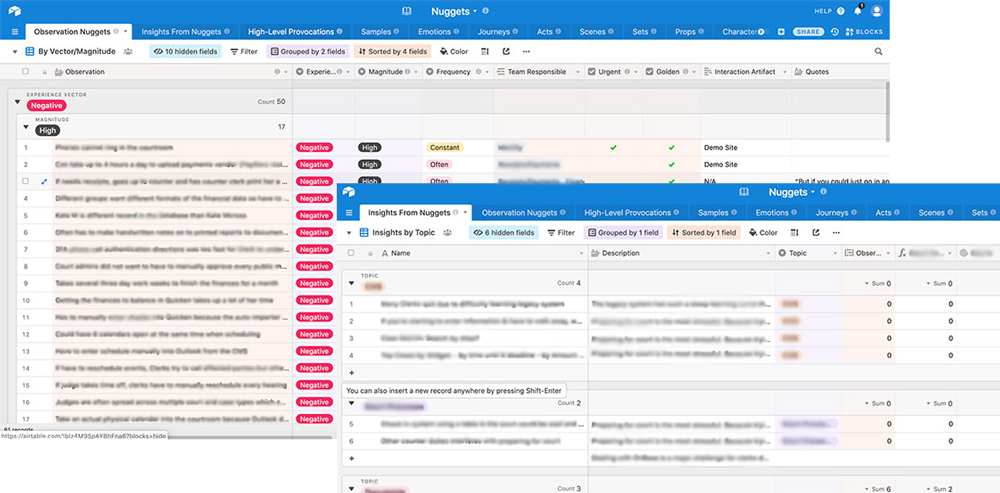
Research Dashboards
To make it even easier, I created dashboards for the main roles on my team which automatically pulled role relevant data from the database and presented it in easy to read graphs, tables, and summaries.
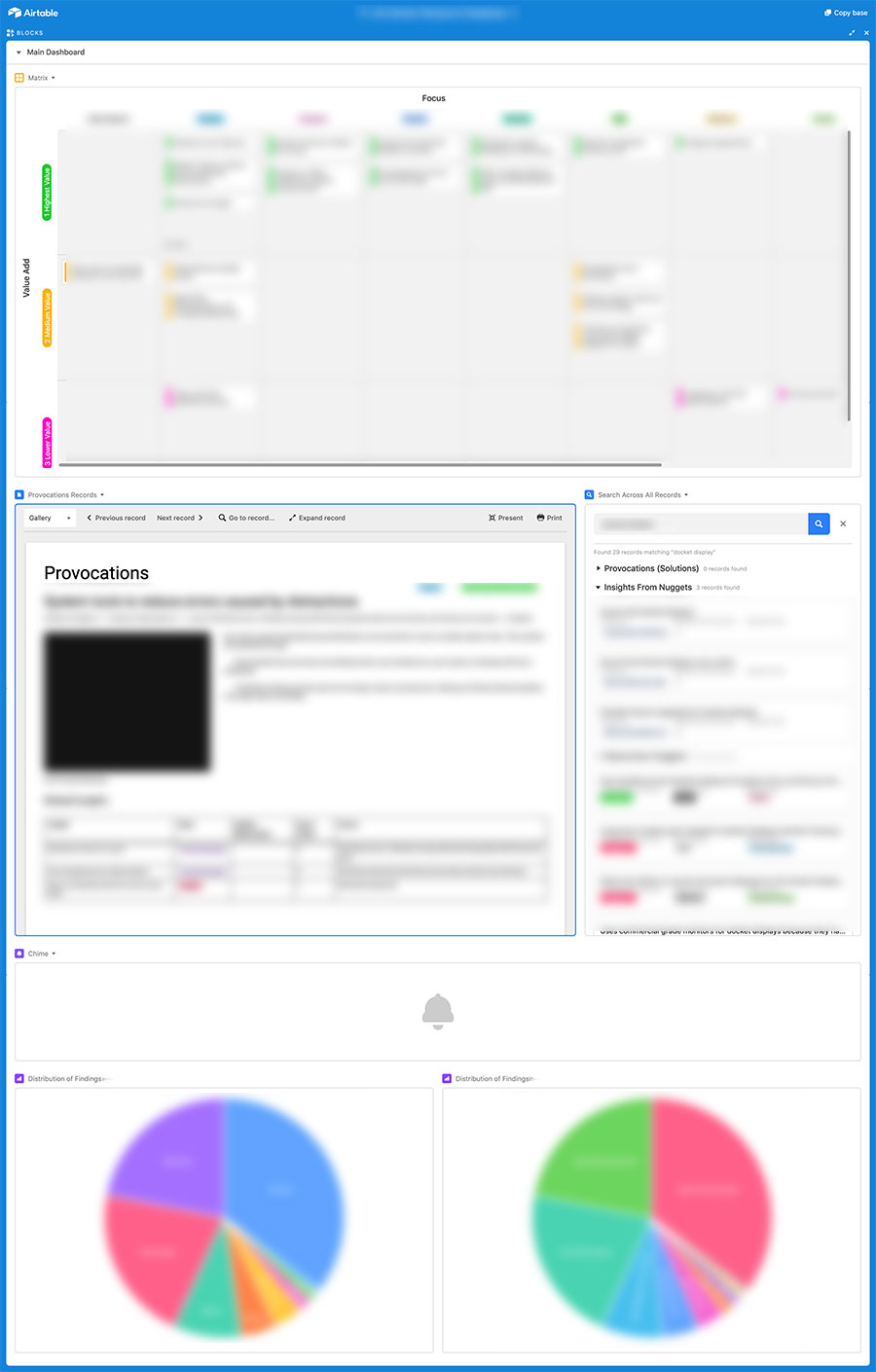
The Outcomes
Previously, without easily accessible research, the client had to prioritize features based on intuition and there was no clear definition of a definable larger, unified vison for the file product. Thus, the product was becoming fragmented and there was no roadmap for which features the teams should work on.
With my database of research findings in AirTable, I was able to help Product Owners on the project begin to develop a definition of done and a feature road map for the project. This helped reduce the chances of breaks in the users' experience as they navigated our platform.

Additionally, new user experience team members were able to more rapidly onboard onto the project and understand the end-user's needs than they had been able to do on other projects.
The Learnings
This project was a great opportunity to experiment with new software and processes. Particulary, this project took me from knowing nothing about AirTable and Atomic Research to becoming an expert in the organization. I even mentored others in how to develop their own research processes!
Skills Developed
- Atomic Research
- AirTable
Skills Enhanced
- Consulting
- User Research